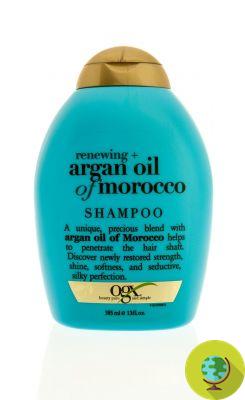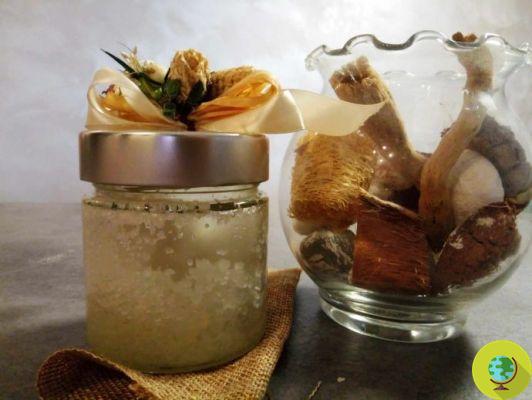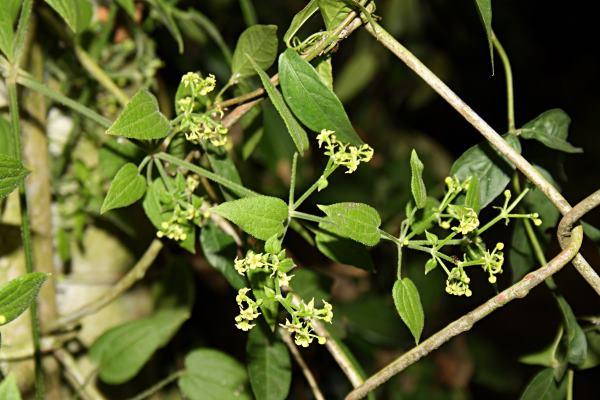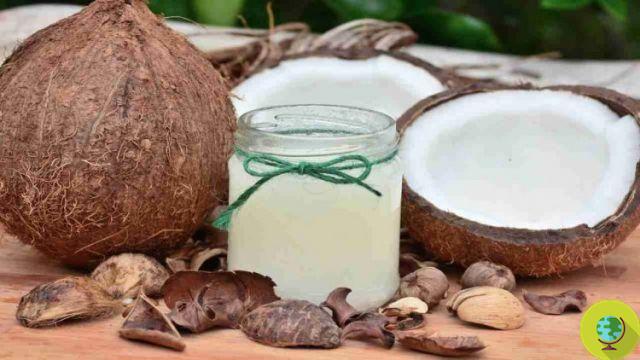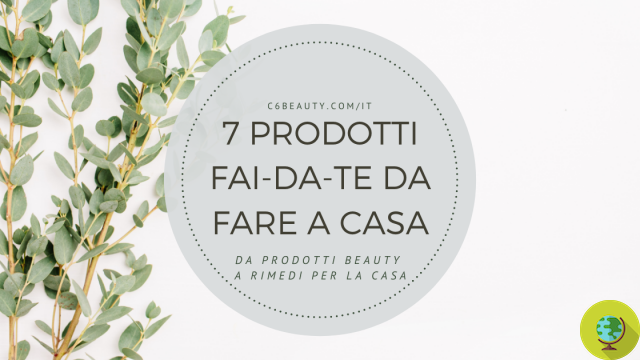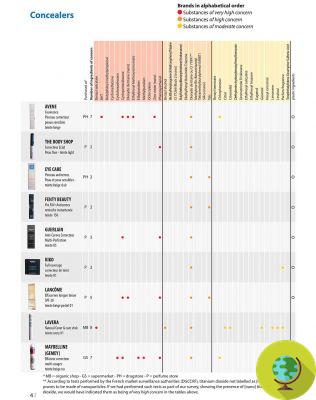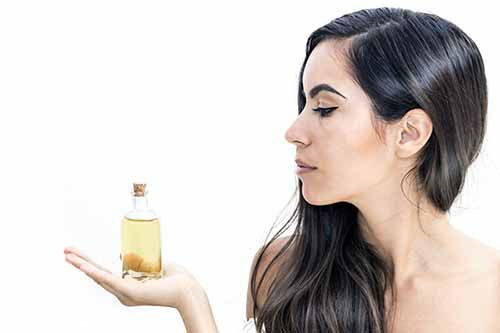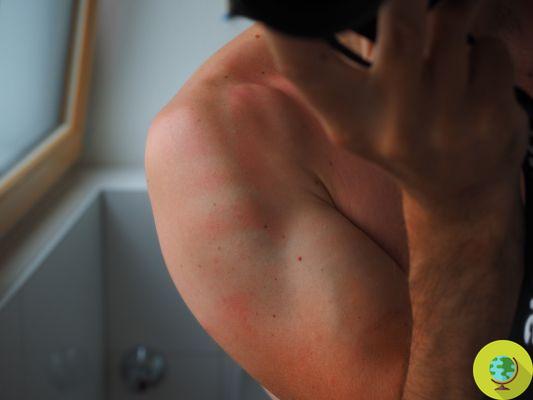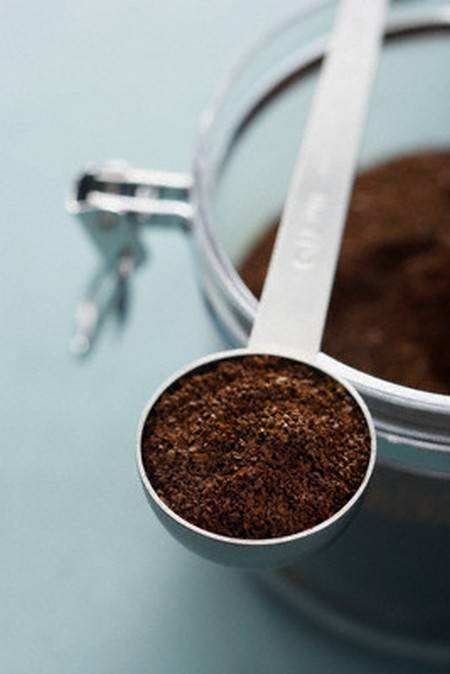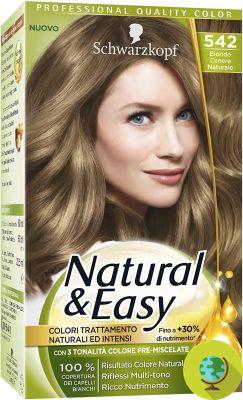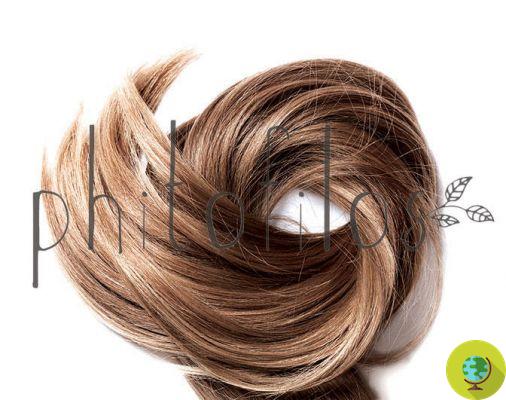
The walnut husk is the inner part of the peel that covers the walnuts. When the fruits are ripe, this peel is green, then gradually begins to darken due to the action of the tannins present in the plant, until it takes on the characteristic brown color.
Don't store avocado like this: it's dangerous
Il walnut husk it is the inner part of the peel that covers the walnuts. When the fruits are ripe, this peel is green, then gradually begins to darken due to the action of the tannins present in the plant, until it assumes the characteristic brown color.
The liqueur is obtained from the fresh husk of young walnuts nocino. If dried and pulverized, however, the husk produces a powder that can be used a fine dyers for coloring wood, textiles and hair. The coloring with walnut husk is an ancient technique, used by the Persians to dye the wool destined for the manufacture of carpets. On the hair the walnut husk does not release a real dye pigment, but a reflective pigment effective for obtaining or accentuating brown highlights, darkening blond or light brown hair.
Index
Walnut husk, the properties
The scientific name of the walnut is juglans direction, therefore in the Inci you can find it under the name juglans regia shell powder or juglans regia seed coat powder. When applied to the hair, walnut husk has properties:
- polishes
- reinforcing
- sebum-regulating
As mentioned, through repeated applications, the walnut husk is able to progressively darken light hair until it reaches intense brown / chestnut colors.
How to prepare the dyeing compress with walnut husk
It is sufficient to dissolve the powder in hot water, until it forms a creamy and homogeneous mixture, of the same consistency as yogurt. By adding a teaspoon of bicarbonate, it is possible to strengthen the released color, since the walnut husk prefers a basic environment. Wait about 15 minutes and then proceed with the application on clean hair, no matter if dry or wet. Distribute evenly on the hair and cover with cling film or a cap to preserve the humidity of the batter, a necessary condition to guarantee its dyeing power.
The processing times range from 20 minutes to 2 hours, depending on the desired coloring intensity. When finished, we recommend that you wash your hair with water only, applying a knob of conditioner to counteract any dryness of the tips. Acid rinse is recommended, which has the very important function of closing the scales of the hair, polishing it and fixing the color in the best possible way. Just add an acidic substance, such as for example vinegar or lemon juice, to the water of the last rinse.
Walnut husk plus henna to cover white hair
On the hair already intensely brown, however, the effect of the walnut husk does not affect the final color, managing only to reflect them and at the same time giving greater body and intensity to the starting shade. Furthermore, in the presence of white hair, the walnut husk is not able to guarantee its coverage, since it contains a reflecting pigment and not fully dyeing. Whites treated only with this powder will take on a slightly amber tint destined to fade within a few washes. In this case, the walnut husk can be used in combination with herbs with stronger dyeing power, first of all henna.
When used in combination with lawsonia, the walnut husk manages to dampen the coppery and orange reflections, cooling the henna color. Furthermore, this combination guarantees a better grip and a longer duration over time of the color obtained. In fact, henna is the only dyeing herb capable of binding permanently to the keratin of the hair, acting as a vector for other dyeing powders. And above all, this also guarantees complete and uniform coverage of white hair.
Read also: Henna: everything you need to know to dye your hair
WALNUT HULL: COVERING EFFECT AND BROWN HAIR WITH KATAM OR INDIGO
In this case, however, the hair, including the whites, will take on red coloring and shades. The walnut husk, precisely because it is reflective, alone is not enough to turn the red color of the lawsonia towards brown tones. If you want this type of dye and at the same time there is the need to cover white hair, the walnut husk should be used in combination with henna and a dyeing herb with darkening power, namely plane the indigo.
Read also: Katam: the “black henna” that darkens hair naturally
La lawsonia will act as a mordant, also ensuring the complete and satisfactory coverage of whites, the brown or brown color will be released by katam or indigo, while the walnut husk will give more or less amber or nutty nuances, giving depth and body to the final color.
On a medium brown, a good mix could be represented by a dye pack consisting of the 30% henna, 40% darkening herb and 30% walnut husk. But these are purely indicative percentages, not to be taken literally. The final result will depend on a number of factors including the base shade, the percentage of whites and the porosity of the hair. Each hair is different and there are no universally valid rules. In case of abundant white regrowth, the percentage of lawsonia can be increased, or if lighter shades are desired, the percentage of indigo or katam can be decreased.
Read also: Indigo: the natural black-blue hair dye
The important thing is that the amount of darkening herb present in the compound is greater than that of the walnut husk, because they are respectively the plane or indigo to dye your hair brown. The walnut husk has only the power of reflect or to accentuate the nuances obtained. In any case, before applying the color always test on a hidden lock of hair, for example behind the nape of the neck. In this way you will avoid the risk of unwanted colors.
There are several mixtures on the market called 'hazelnut'or' walnut husk '. These are ready-made mixes in which walnut husk powder is combined with henna and indigo. Generally these are good quality products, but always check the Inci of the packages to verify the purity of the ingredients. Only the scientific name of the individual herbs should be reported, without the addition of dyes or chemical additives. These blends are especially suitable for those who want to save time. Otherwise they can be reproduced in a home version, with the advantage of being able to better modulate the percentages of the individual herbs according to various factors, including the initial color and the desired result.
WALNUT HULL AND CASSIA
If, on the other hand, there is no need for gray hair coverage, but you just want to reflect the hair, giving more amber shades or chestnut nuances, you can use the walnut husk in combination with cassia. In this way the final result will be truly remarkable: the brown shades will be enhanced and at the same time the hair will be voluminous, shiny, soft and silky.
Read also: Cassia: the neutral henna that lightens and strengthens the hair
The different shades of reflections will obviously depend on both the initial coloring and the shutter speed. In short poses, the compress will release amber reflections, which will become gradually darker as the shutter speed increases. By oxidizing cassia for at least 12 hours in an acidic environment, it will release some golden reflections on our hair. Combined with walnut husk, oxidized cassia can be useful for obtaining golden brown tones. The only precaution to follow concerns the preparation method: the walnut husk will be macerated separately in hot water and a pinch of baking soda. and only added at the end, as this powder prefers a basic environment.
As you can see, the possibilities are many. Knowing the characteristics of the individual dyeing herbs and mastering the related preparation techniques, you can always obtain unique and always different results, in the name of antiseriality, hair health, beauty and naturalness of the final effect. The important thing is to want to experiment and not be discouraged after the first application if perhaps the result does not fully satisfy us. Knowledge, experience and perseverance are the keys to access the universe of dyeing herbs.
Angela Petrella




